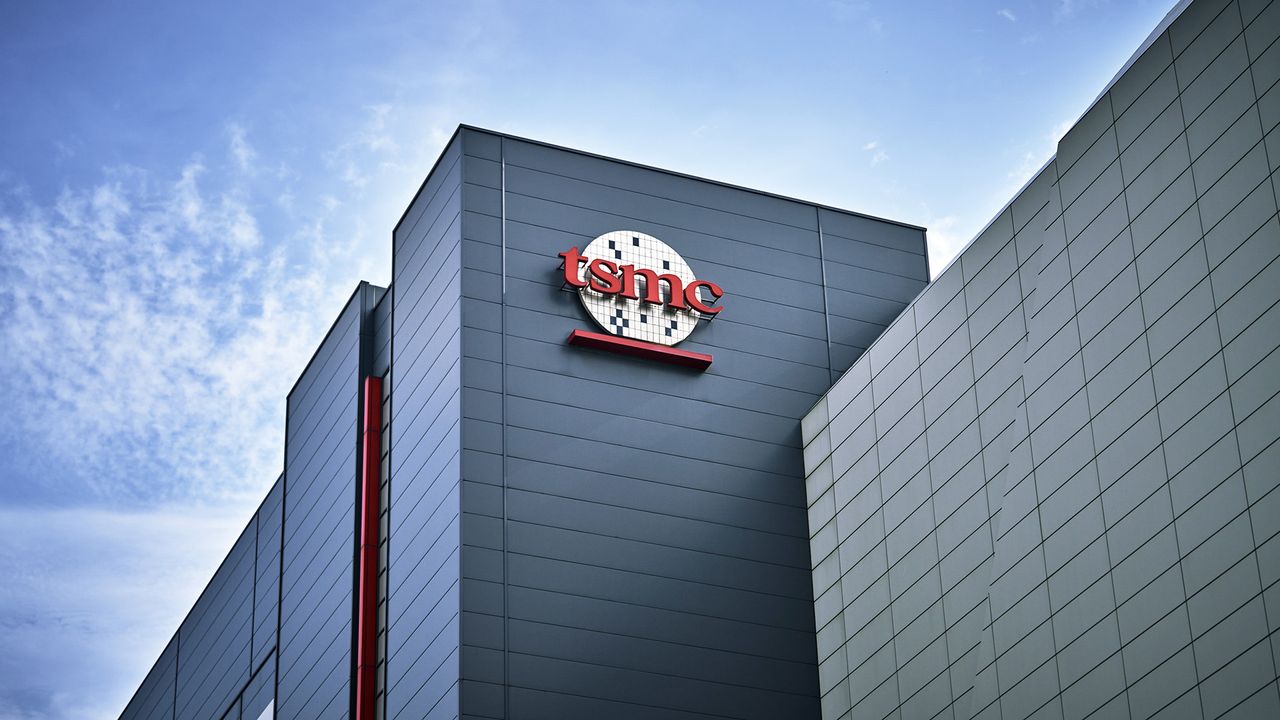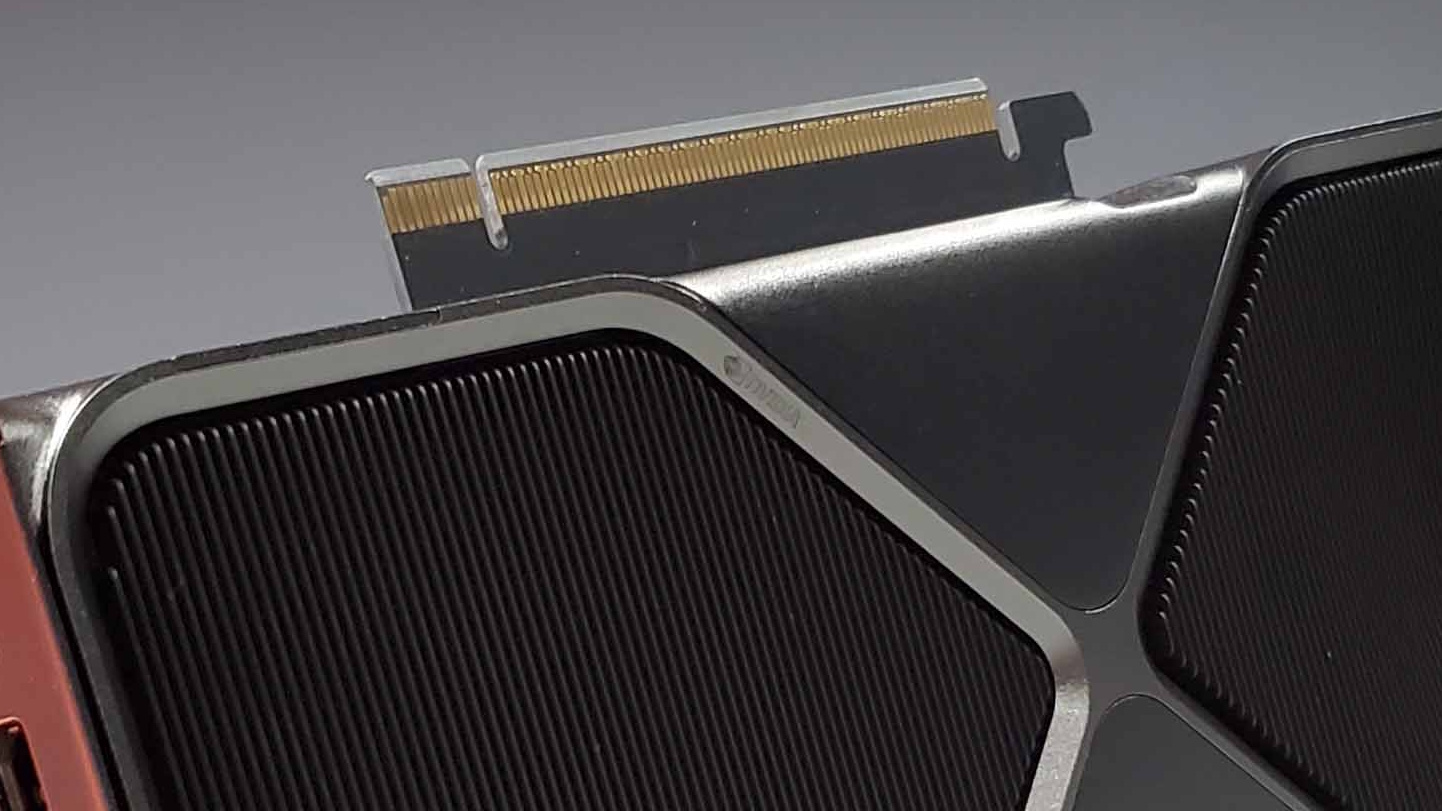
Nick found some pretty nice post-Prime Day prices on GPUs earlier today. But only relatively speaking. You're still looking at over $700 for a '70 Ti-class Nvidia card. Ouch. And one of the reasons why is surely the dominance of TSMC when it comes to manufacturing chips for the likes of Nvidia, AMD and, latterly, Intel. Which is why the company's latest record profits announcement matters.
TSMC has just reported its figures for the second quarter of 2025, and the result is a whopping $13.53 billion in profit. Yes, profit. TSMC's revenues for the period were over $31 billion. Those are some margins.
For context, AMD's most recent figures showed $709 million from revenues of $7.4 billion. So, AMD's profits are about 1/10th of its revenues. TSMC's are better than one-third. As it happens, Nvidia's latest figures show an almost identical ratio of revenue to profit as TSMC, with $44 billion of revenue and just under $19 billion in profit. Ker-ching!
TSMC made around $11 billion profit in the first quarter of this year. So, if it carries on like this, the company will hit around $50 billion in profit in 2025.
Of course, the simple fact that TSMC, or Nvidia for that matter, is making pots of cash doesn't directly explain why PC graphics cards are so pricey, especially since TSMC attributes its flush fortunes to the AI boom. But one other element might.

Investment bank Morgan Stanley publishes estimates of TSMC's wafer prices, which 3DCenter collates here. Wafers, of course, are the shiny discs onto which computer chips are etched using impossibly complex lithography machines.
Morgan Stanley reckons TSMC's current N3 wafers cost about $25,000 a pop. That compares with $15,000 for an N5 wafer cost in 2023 and 2024, which is essentially the technology Nvidia and AMD use for their current GPUs.
The cost of N5 is said to have increased a bit this year to about $20,000. But here's the really scary bit. Morgan Stanley thinks the going price for TSMC's N2 node, which is just coming online now and is expected to debut in Apple's next iPhone in September, is around $30,000.
Now, you might expect AMD and Nvidia to not leapfrog N3 for their next chips and go straight to that uber-pricey N2 node. But N3 is still more expensive than N5.
Of course, N3 is more dense than N5, so you'll still probably get more transistors per dollar going for the new node. But then you'd hope that the next RTX '70 series GPU, let's call it the RTX 6070, will have quite a few more transistors than the current RTX 5070.
Anyway, wafer prices going up is hardly a good thing for actual graphics card prices. And TSMC making bumper profits alongside Nvidia isn't all that encouraging, either. Oh well!







